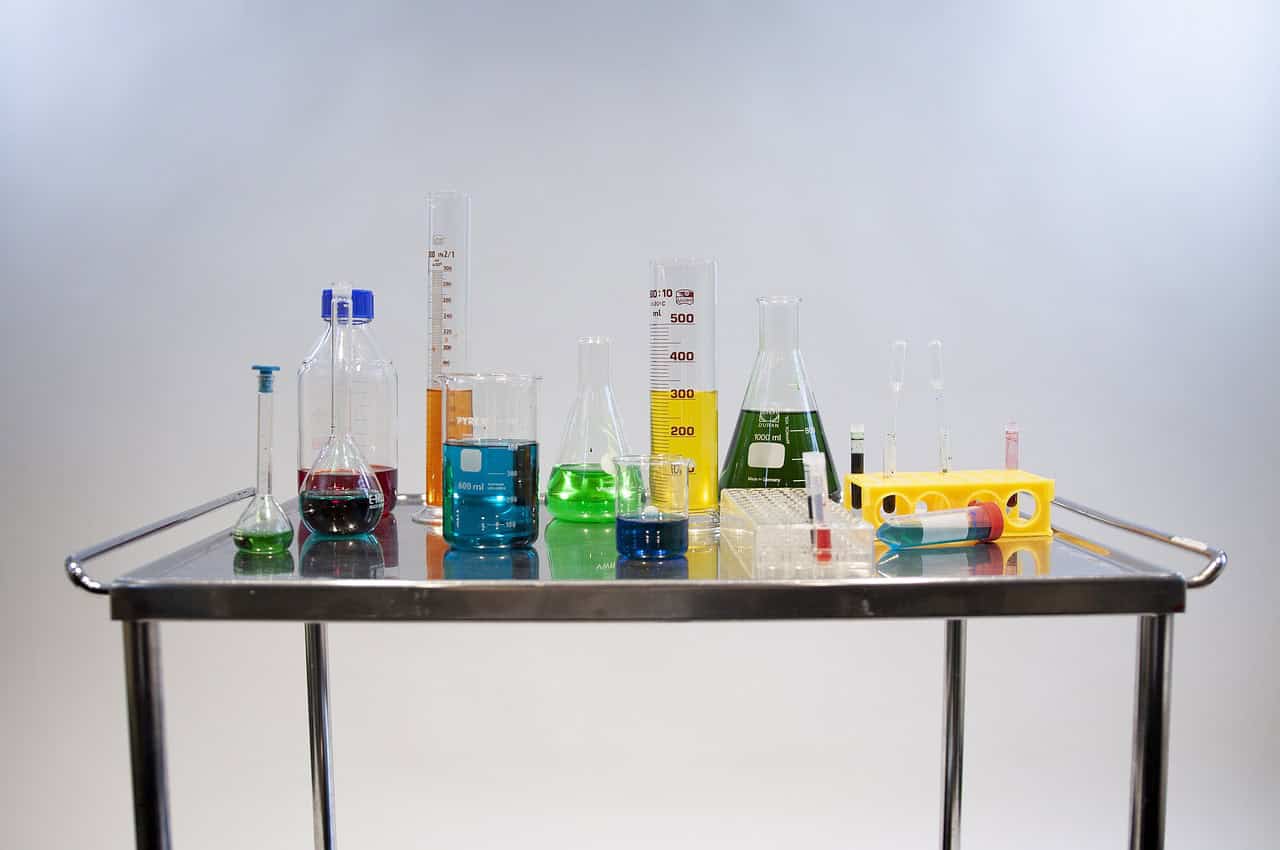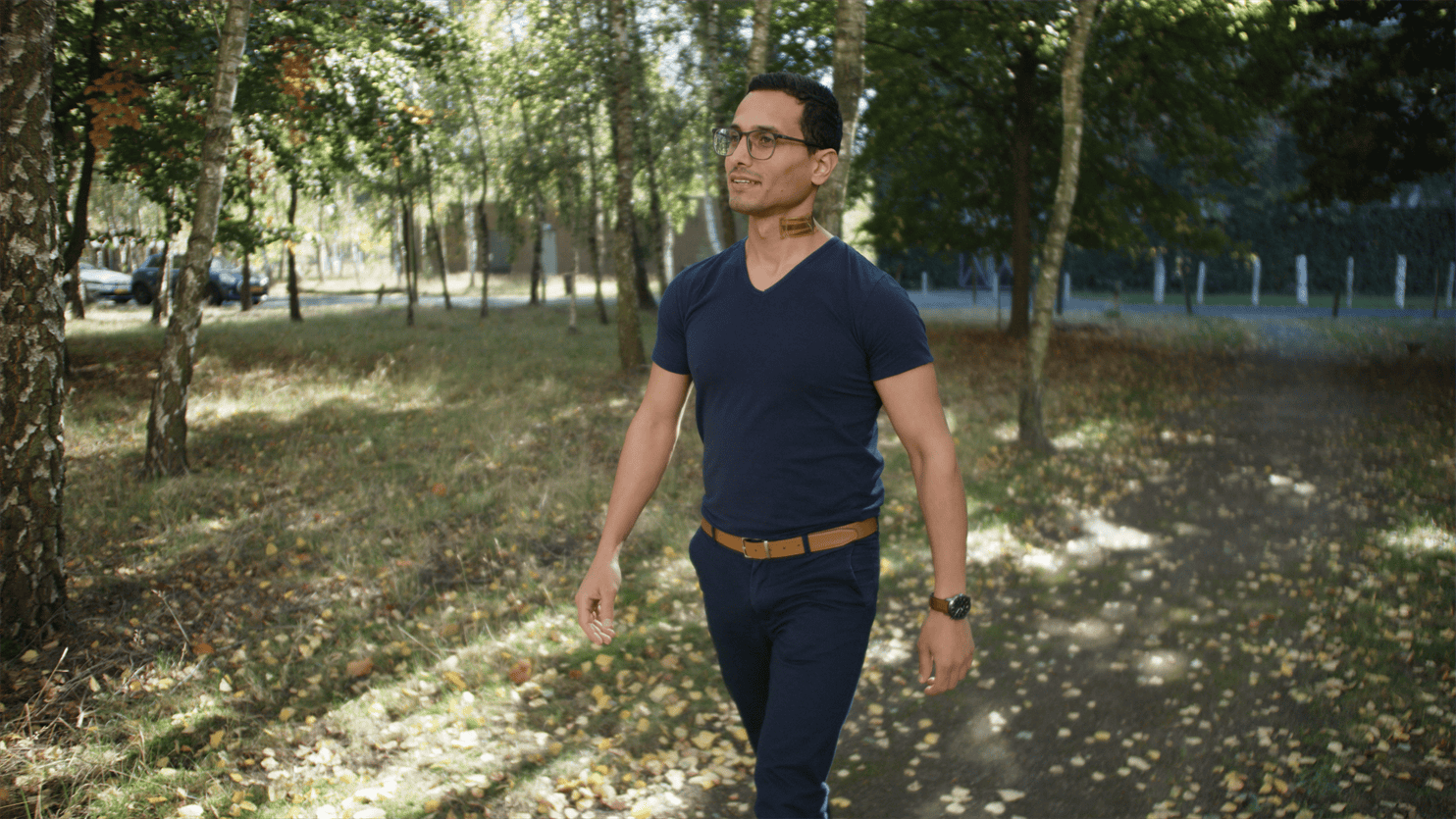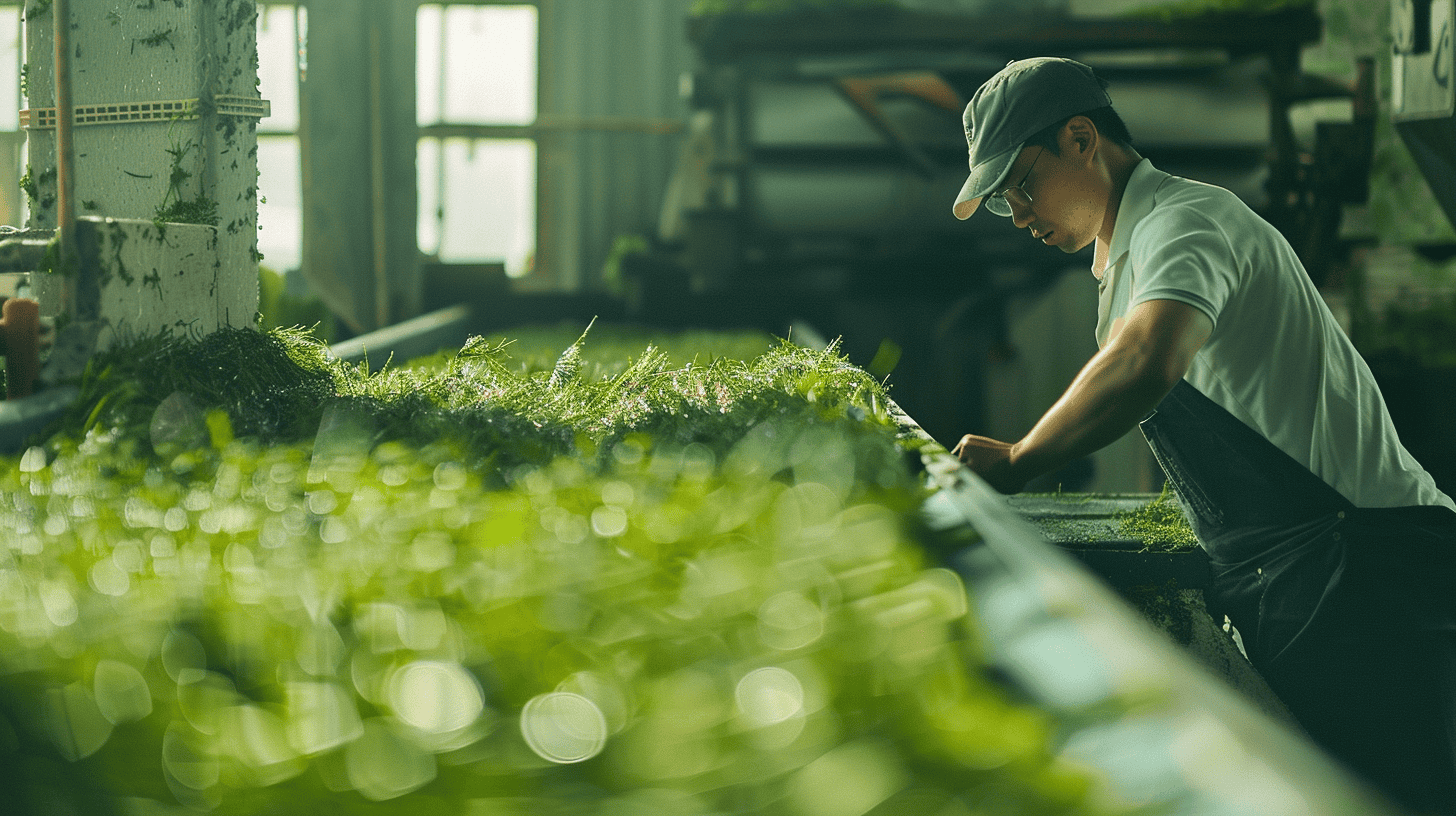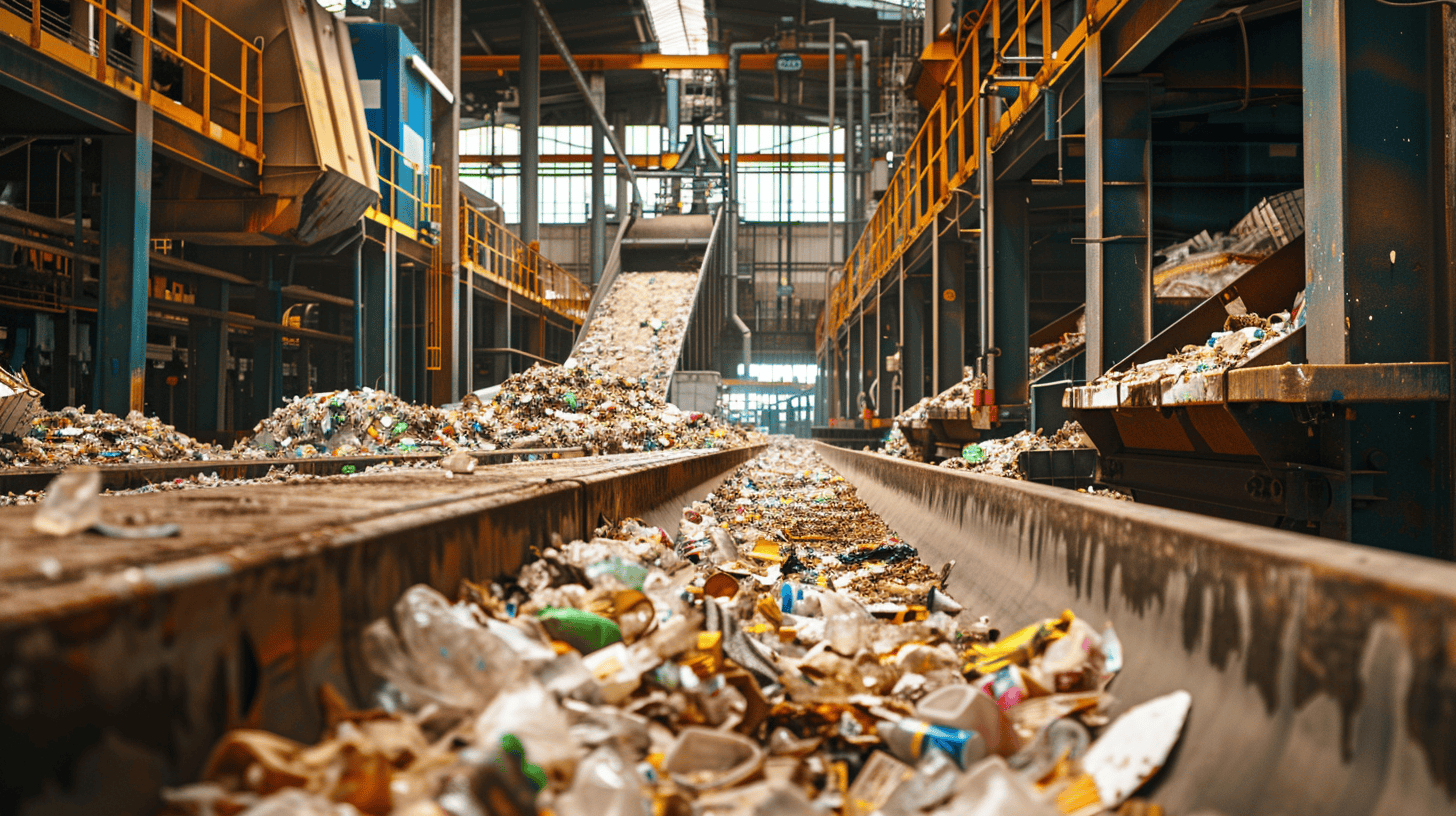
In everyday life, we come into contact with chemicals in the products we use. Most of these chemicals we desperately need (for example, in the energy transition), but they also pose potential risks. Consider PFAS, for example. In a white paper published yesterday, TNO presents an approach to achieve the development of safe and sustainable chemicals, materials, and products. By means of a handy tool, companies can visualize potential risks in the early stages of their design process and take measures.
Why this is important:
In 2019, the World Health Organization (WHO) estimated that approximately 2 million people die annually due to exposure to chemicals. Moreover, large amounts of harmful chemicals not only bring significant financial consequences for both the government and companies but also cause reputational damage to these companies.
Safe and sustainable innovation
To achieve a safer, healthier and sustainable future, the European Commission introduced the Chemicals Strategy for Sustainability within the EU Green Deal. A crucial element in this strategy is the production of chemicals and materials according to the principles of Safe and Sustainable by Design, SSbD, or Safe and Sustainable Innovation. This proactive approach gives companies a transparent picture early in the production process of opportunities to improve the safety, health, and sustainability of a new product. Adverse effects are thus preventively minimized and the risk of market failure is reduced.

Risks of chemicals are often not apparent until (too) late
Currently, adverse effects of chemicals are often discovered (too) late. In some cases, adverse effects become apparent only years after they have been put on the market, sometimes with serious consequences for society and the environment and financial burdens for the companies and society involved. Current legislation (REACH*) does not guarantee safe and sustainable products. For example, some substances are not covered by the law, other chemicals were on the market before the law came into force, and many dossiers are incomplete. Hedwig Braakhuis, co-author of the white paper: “Currently, we only have a view of the tip of the iceberg, of chemicals whose risks have been sufficiently mapped. Most of the iceberg is underwater so for most of the substances we do not know the risks sufficiently. A comprehensive approach to support industry during the early stages of production of safe substances is needed.”
New chemicals
TNO is now developing a Decision Support approach. This tool ties in with SSbD and visually illustrates the impact of a new chemical relative to alternative substances, in aspects that may affect our health and environment. It works like this: The TNO SSbD tool helps assess the potential risks of nanostructures. It asks you to enter details about the physicochemical properties of nanostructures, their functionality, and their intended use. The tool performs screening. It uses machine learning and advanced models to estimate potential adverse effects.
Wouter Fransman, co-author of the white paper: “We would like to further develop this system for and in cooperation with the manufacturing industry, researchers, and governments. With this, the industry will soon be able to make adjustments earlier in the development process to arrive at a less harmful, safer, and more sustainable product.”
Refine
Braakhuis explains where TNO’s focus will be in the near future. “We are going to further refine our tool. We are also focusing on a testing strategy for substances for which little data is available, but for which we still want to know the effects. We do that with a TNO database of millions of substances. We have already mapped the toxicity and other properties of these substances. We also aim to increase awareness of SSBD as a good way to innovate in a safe and sustainable way.”








